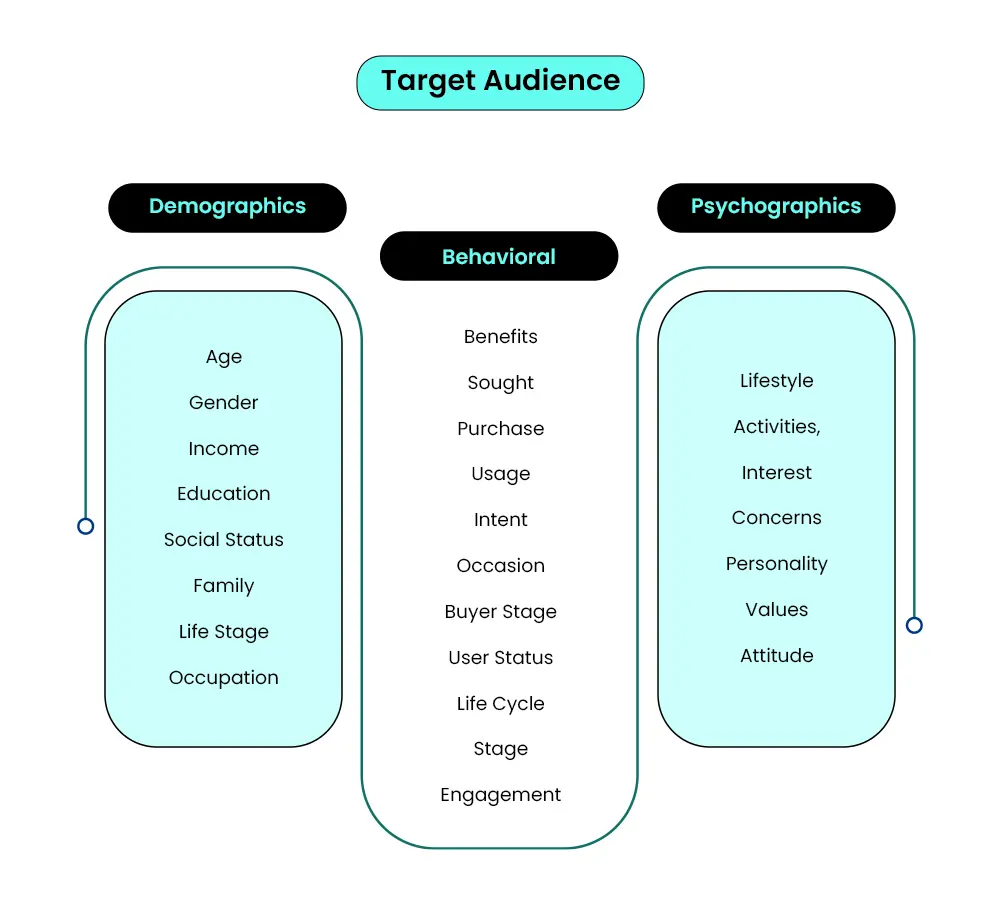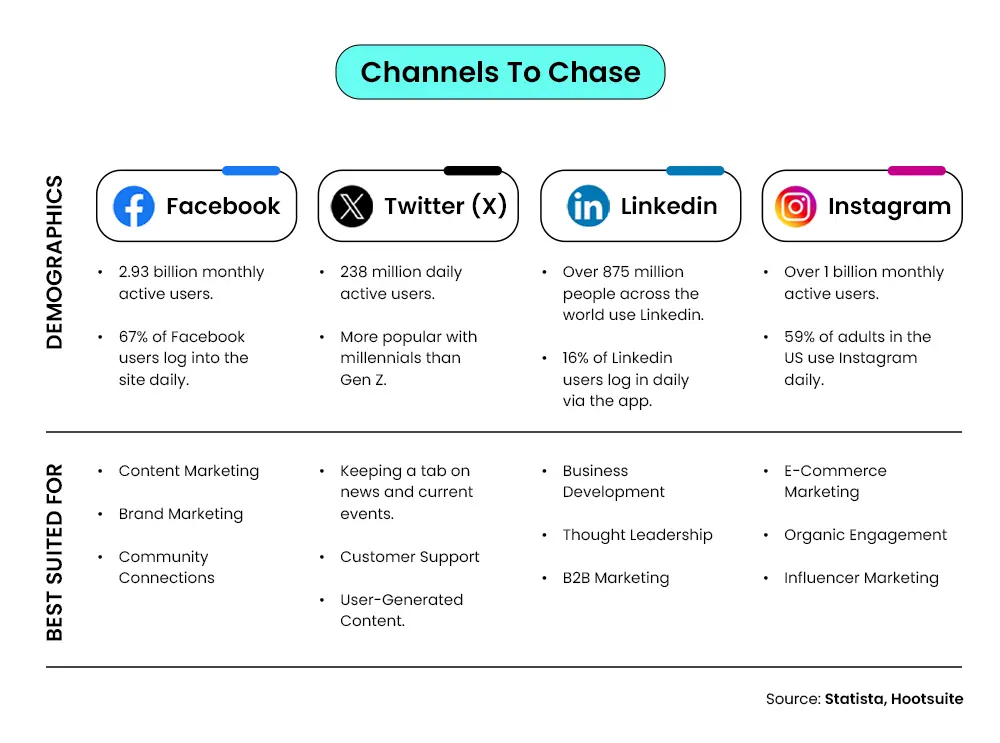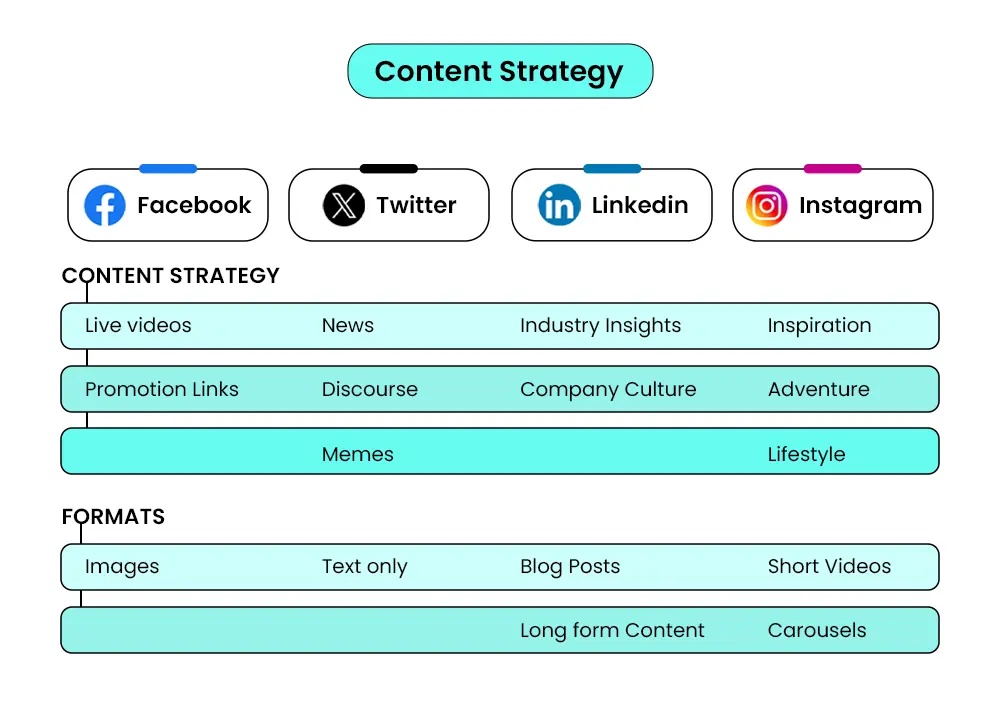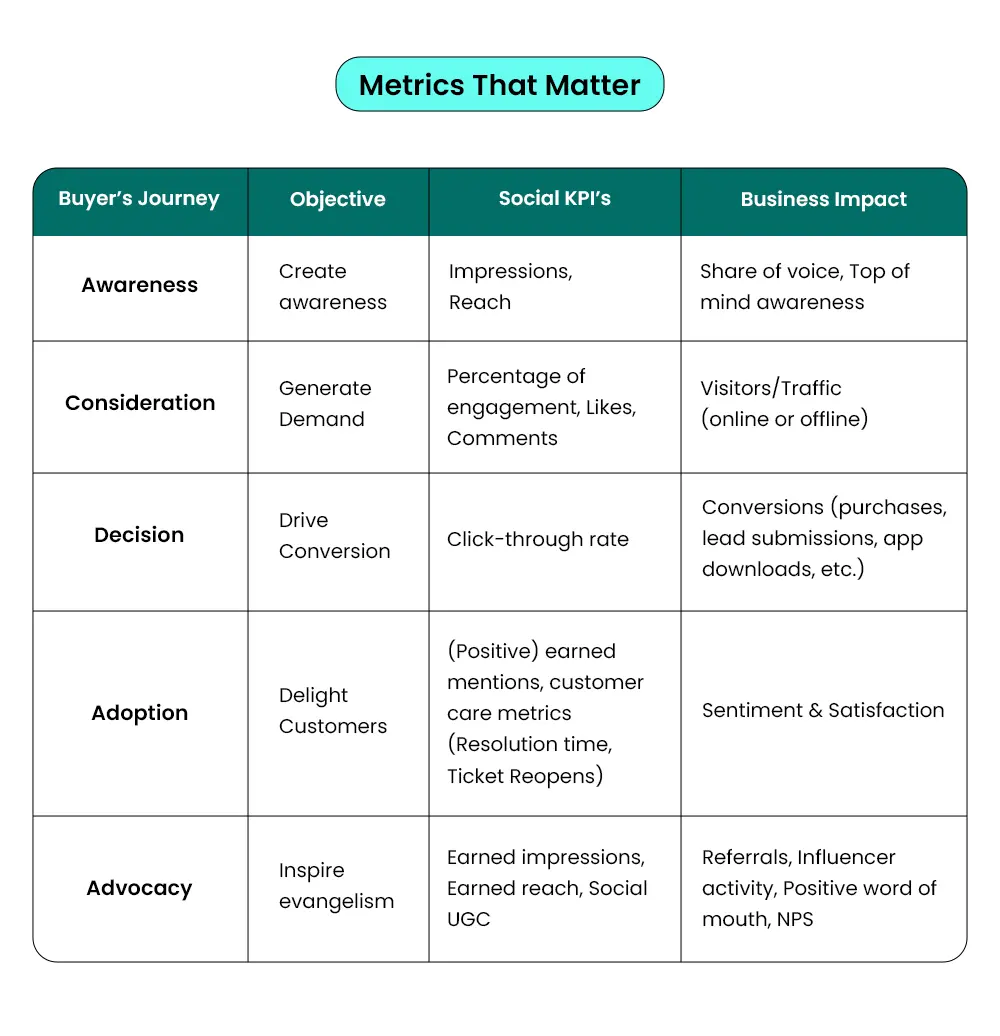How to Align Your Social Media Strategy with Your Business Goals
Are your social media posts earning likes but not driving real business results? In a world where social media strategy often feels like shouting into the void, many brands struggle to connect their activity with actual growth.
According to the 2025 Sprout Social Index, 65% of marketing leaders say tying social campaigns to business goals is essential for buy-in. If your efforts aren’t fueling revenue, brand awareness, or customer loyalty, it’s time to realign your strategy, starting with clarity and purpose.
This post shows you how to align your social media strategy with your business goals, step by step. You’ll learn to set SMART objectives, audit your current tactics, choose the right platforms, map content to goals, define KPIs, and optimize performance.
With a clear path and measurable benchmarks, your social media can move from being a time sink to a genuine profit center. Let’s unlock the full potential of your digital presence.
Will Social Media Help Your Business Scale?
The simple answer is yes. Social media can directly impact the visibility and profitability of your business. More often than not, social media acts as the face of the company nowadays. We observe consumers contacting businesses directly on their feeds by tagging them or commenting on their posts. Thus, social media strategy has made brands more accessible than ever before.
Social media marketing becomes even more critical if a business is just starting. It can help your brand get noticed and scale up your business when done correctly.
For instance, a small fashion and beauty brand, CeeCee’s Closet NYC, saw a massive surge in its followers on TikTok, which in turn increased their sales. Chioma Ngwudo, the CEO, confirms,” Social media has been an enormous tool for us. We’ve been expanding more on TikTok and Pinterest. Also, we use email marketing and text lists to keep our customers up to date.”
Why Do Most Businesses Fail in Leveraging Social Media?
Social media strategy is crucial for every business to engage with its target audience. But, there must be more than just a social media strategy. Despite investing a good amount of money, brands need to understand that while having a robust social media strategy is important, it is equally essential to implement it effectively.
Lack of effective execution and misalignment of your business goals with your social media marketing strategy can be a problem that needs prior attention to maximize the potential of social media. But where do you begin? You can take several steps to integrate social media into your marketing strategy. Let’s take a look at some.
Step-by-Step Guide: Aligning Your Social Media Marketing Strategy With Your Business Goals
Here is the step-by-step guide to align social media marketing strategy with your business goals.
1. Defining business objectives
When jotting down a social media strategy for your business, you should first define the objectives you want to achieve through social media.
If your business goal is to grow the brand, the social media goal attached to it should be increasing awareness. But if you want to drive leads into sales, you must focus more on conversions. When your goal is customer retention, the objective should be more toward the consumer’s needs, how they think, and how they feel about your service.
Clear social media marketing goals are crucial for your social media strategy’s success. With clear goals, it can be easier to measure the efficacy of your efforts, adjust your approach, and achieve your desired outputs. Moreover, clear social media goals help you prioritize your efforts and allocate resources effectively, leading to better ROI on your marketing.
By aligning your goals with your overall business objectives, tracking your progress, and adjusting your approach as needed, you can achieve your desired outcomes and see a positive impact on your business.
2. Target Audience – The backbone of your social media strategy
The target audience is a crucial factor in social media marketing and has a direct impact. Starting from the type of content you create to the messaging you use, and how you advertise. Understanding your target audience enables you to develop your content and messaging to effectively reach and engage with the people most likely to be curious about your products or services.
Social media aids you in knowing about your audience’s insights, like their age group, where they live, gender, marital status, and income. You can get a better idea of this with the built-in tools on social media platforms like Facebook and Instagram, which have their own dashboard.
These dashboards provide all the relevant data to help frame a robust content strategy. Like their activity based on time, the app can help you decide the frequency and timings of the postings.
Psychographic aspects of your target audience, like why they buy a product and what emotions drive them to buy it, are also essential to know when it comes to understanding your target audience.

Let’s look at how an Airline company uses social media advertising to reach the desired audience.
Norwegian Air used Facebook and Instagram ads to boost brand visibility and promote specific routes. By targeting travelers interested in those destinations, the airline increased bookings and online presence. This example highlights how paid social media advertising can drive real results, making it a vital tool for any brand’s marketing strategy.
– Also Read- Digital Video Advertising Is The Future- Here’s Why
3. Channels to chase
Once you have a clear idea about what you want to achieve through social media and who your consumers and customers will be, the next step is to be on the proper channels.
Your business should target different social media platforms depending on your industry, product, and service. For instance, if you want to boost your brand awareness, Instagram and TikTok are the best places.
Among B2B marketers who used social media platforms for paid promotion worldwide, 84% of respondents stated that LinkedIn delivered the best results. While LinkedIn can effectively generate more leads, X (formerly Twitter) is an excellent platform to stay at the top of the minds.

Industries like fashion, travel, and entertainment should prioritize their Instagram strategy. They use influencer marketing for promotion to maximize the reach of their brand. In contrast, the news and media industry can take their X (formerly Twitter) game to the next level to derive maximum benefits from the platform.
Unlocking the Potential of Social Media: Crafting a Winning Content Strategy for Your Brand
An effective social media strategy isn’t just about posting consistently; it’s about creating the right content for the right audience on the right platform. To align your content efforts with business goals, your strategy should begin with audience and platform research, followed by a clear content roadmap.
Start by:
- Understanding your audience: What kind of content do they consume? What motivates them to engage or convert?
- Analyzing competitors: Identify gaps and opportunities in the content landscape.
- Selecting the right platforms: Not every platform will suit your brand or business goals.
Tailor your content by platform:
- Instagram: Ideal for aspirational and visual storytelling. Use eye-catching graphics, short videos, and carousel posts to connect with Millennials and Gen Z.
- LinkedIn: Best for thought leadership, core value content, and B2B storytelling. Long-form posts, articles, and business updates work well.
- X (formerly Twitter): Leverage trending discussions, but only if they align with your brand. Stay timely but relevant.
YouTube: Focus on value-driven content like tutorials, explainers, and product walkthroughs to educate and convert.

Build a content calendar with a balanced mix of formats—reels, posts, blogs, videos, and polls, based on your audience behavior and goals. When your social media strategy delivers content that resonates, it boosts visibility, engagement, and ultimately, conversions.
1. Metrics that Matter
How can we ensure we get as much value as possible from the time and resources we put into social media?
The answer lies in metrics. One needs proper social media metrics tracking for business outcomes measurement.
The social media plans you map should always reflect your precise business needs. Many social media goals can apply to almost any social media campaign. Hence, measuring social media progress with metrics that complement our business objectives makes sense. It aids in your social media management project and helps you gauge results.
Social Media Analytics are essential as they let us know where our social media strategy needs to be directed, changed, or modified. Here are some social media metrics that businesses should keep a tab on:

Use tools like Google Analytics, X (formerly Twitter) Analytics, etc., to measure your social media performance and track progress toward your business goals. Social media metrics will allow you to make data-driven decisions and optimize your strategy accordingly.
2. Building a Content Distribution Plan That Drives Results
Creating great content is only half the battle; how you distribute it determines whether your audience sees and engages with it. A strong social media strategy must include a content distribution plan that aligns with your business goals and audience behavior.
Start by defining your primary distribution channels based on where your audience spends time—Instagram for visuals, LinkedIn for B2B content, and YouTube for educational videos. Then decide how often you’ll post, what times your audience is most active, and how to repurpose content across platforms for maximum reach.
Include a mix of:
- Organic distribution: Posts, stories, hashtags, communities, and collaborations.
- Paid distribution: Boosted posts, ad campaigns, and sponsored content to amplify reach and support specific goals like lead generation or sales.
Also, consider integrating content into your email marketing, blog, and even paid social campaigns to maintain consistency across touchpoints. Monitor your content’s performance through analytics to see what’s working and optimize accordingly.
A thoughtful content distribution plan ensures your message reaches the right people, at the right time, in the right place—driving real business results.
Conclusion
In today’s competitive landscape, simply being active on social media isn’t enough. To truly drive results, your social media strategy must directly support your business goals, whether that’s increasing brand awareness, driving traffic, or generating leads.
This alignment ensures your efforts are purposeful and measurable. But strategy alone won’t cut it; consistent execution and integration with your broader marketing plan are key. When done right, social media becomes a powerful growth engine for your brand.
Need help aligning your strategy with real business outcomes? Contact our Social Media Marketing team at Mastroke to start scaling your business today.


Thank you for the valuable information on the blog.I am not an expert in blog writing, but I am reading your content slightly, increasing my confidence in how to give the information properly. Your presentation was also good, and I understood the information easily.
For more information Please visit the 1stepGrow website or digital marketing course.
https://1stepgrow.com/digital-marketing-specialization-course/